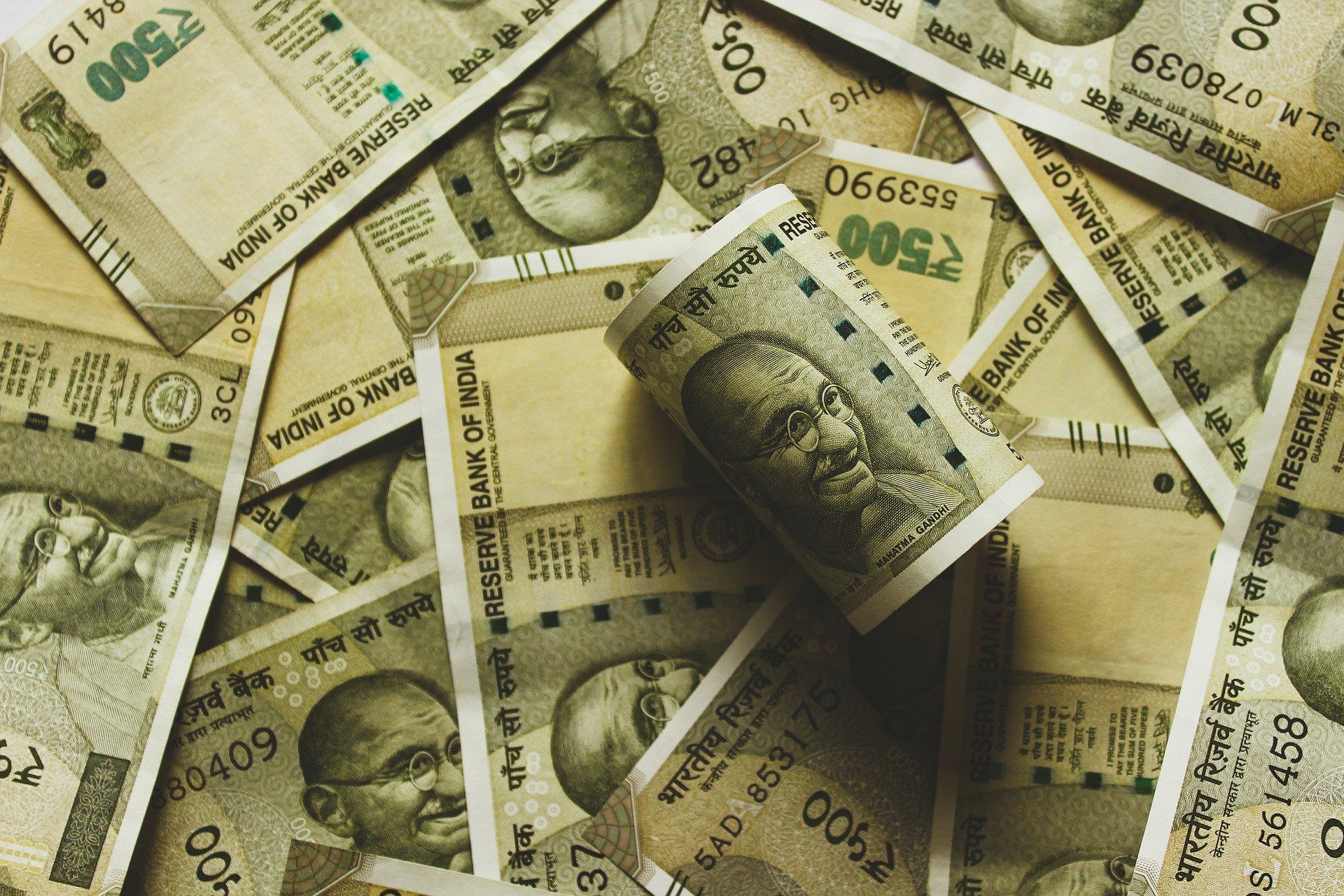The Union Cabinet on Wednesday raised the Dearness Allowance (DA) of
central government employees and pensioners by 4% under the 7th pay commission.
The hike takes DA to 38% from the current 34% of basic pay/pension, announced
Anurag Thakur, Minister of Information and Broadcasting.
The revised dearness allowance will be effective from July 1 and will be
paid as arrears to government employees and pensioners.
Speaking at a press conference in New Delhi, the Union Minister said
that the hike in salary and pension will benefit over 50 lakh government
employees and nearly 62 lakh pensioners ahead of the festive season.
Also Read | What is ITR, why should you file your tax returns
The combined impact on the exchequer on account of both DA and DR
(Dearness Relief) would be Rs 12,852.5 crore per annum, said Anurag Thakur.
Additionally, the combined impact on the exchequer on account of both DA
and DR will be Rs 8,568.36 crore in the financial year 2022-23 (i.e. for a
period of 8 months from July 2022 to February 2023).
Also Read | How the US Federal Reserve’s rate hike impacts RBI policy
The impact of increased DA on the exchequer is estimated at Rs 6,591.36
crore per annum and Rs 4,394.24 crore in 2022-23 (8 months from July 2022 to
February 2023).
In the case of dearness relief, the impact would be around Rs 6,261.20
crore per annum and Rs 4,174.12 crore in the ongoing financial year.
The increase in the DA and DR is based on the percentage increase in the
12 monthly average of the All India Consumer Price Index (CPI) for the period
ending June 2022.
Also Read | Why interest rates are being hiked globally?
In March, the Union Cabinet approved a 3% increase in dearness allowance
under the 7th Pay Commission, thus taking the DA to 34% of basic income.
Dearness Allowance (DA) is the cost-of-living adjustment allowance that
the government pays to the employees of the public sector as well as pensioners
of the same. The centre usually revises the DA rate every six months. This is
done to compensate for the loss in purchasing power of the monthly
salary/pension wealth due to inflation.







